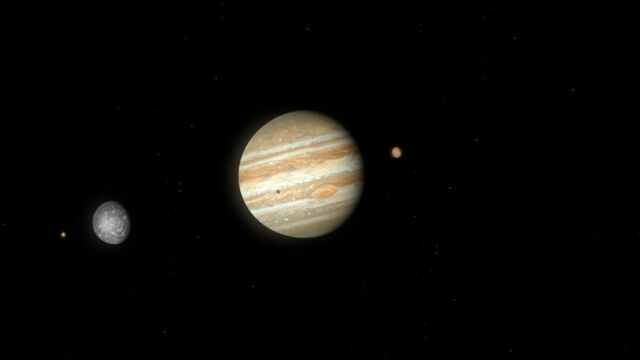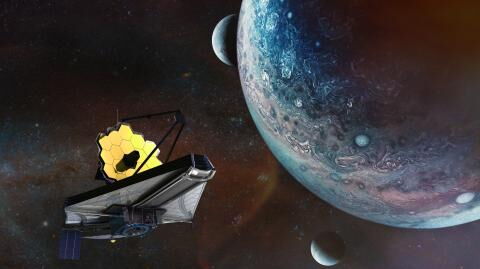As technology advances, so does our research in various fields. NASA has created a much higher quality telescope, the James Webb telescope, which snaps more accurate and better quality images of our galaxy.
Discover our latest podcast
The photos it took back in July of the planet Jupiter have just been released by NASA. These brand new images have paved the way for a better understanding of the planet.
The photos
On Monday, August 22, NASA released brand new photos of Jupiter. Planetary astronomer Imke de Pater—professor emerita of the University of California, Berkeley—said, according to a NASA blog post:
We’ve never seen Jupiter like this. It’s all quite incredible.
We hadn’t really expected it to be this good, to be honest.
The photos have captured the northern and southern lights and a polar haze, as reported by The Guardian. It also shows a storm ‘big enough to swallow Earth’ and many other smaller storms.
Giant news from a giant planet!@NASAWebb captured a new view of Jupiter in infrared light, uncovering clues to the planet’s inner life. Two moons, rings, and distant galaxies are visible. Get the details: https://t.co/6WKbAQY78zpic.twitter.com/9uaACCPGyU
— NASA (@NASA) August 22, 2022
What does this mean for research?
As reported by CNN, it is difficult to reconstruct images from the data sent by the James Webb telescope as the planet rotates so quickly. Judy Schmidt explains that ‘combining stack images’ can become very difficult to reconstruct as the planet will no longer align with the data collected.
Indeed, the NASA blog explains that the space telescope doesn’t send actual photographs of our galaxy and its planets.
Instead, it sends ‘information about the brightness of the light on Webb’s detectors’ which researchers then have to analyze and decipher in order to recreate the images. If you want to learn more about this process, you can check out NASA’s podcast here.
Read more:
⋙ NASA reveals what a black hole really sounds like with this remix (VIDEO)
⋙ Astronomy: Beginner's guide to get started
⋙ UFOs: The terrifying revelations of the first British astronaut















